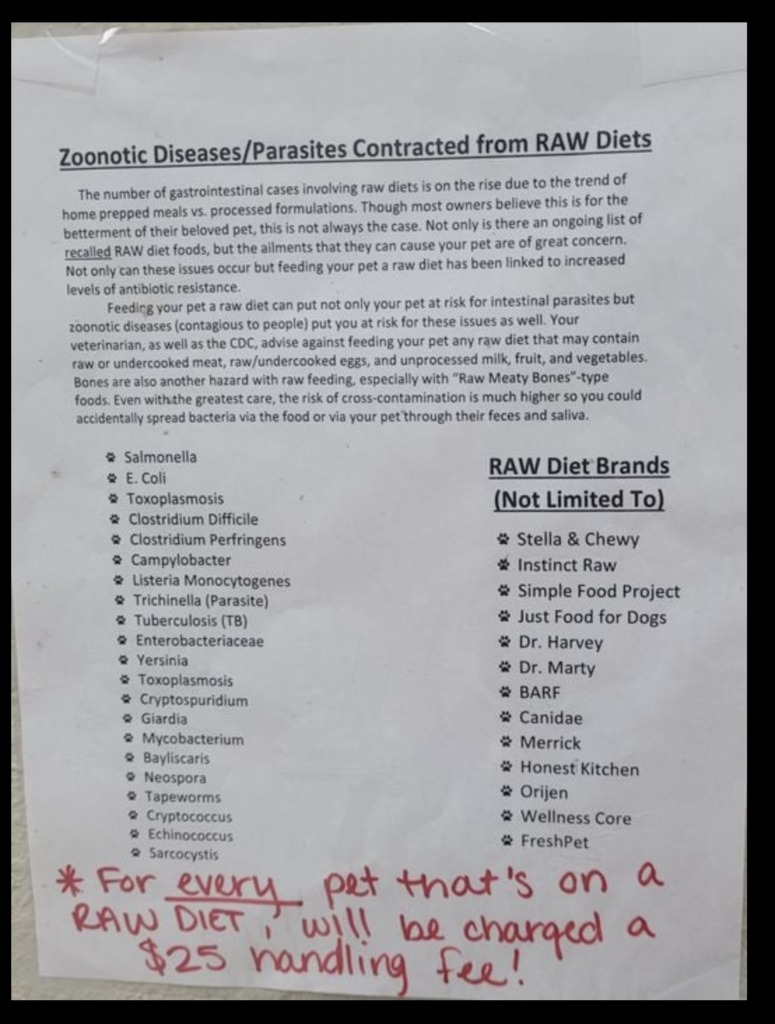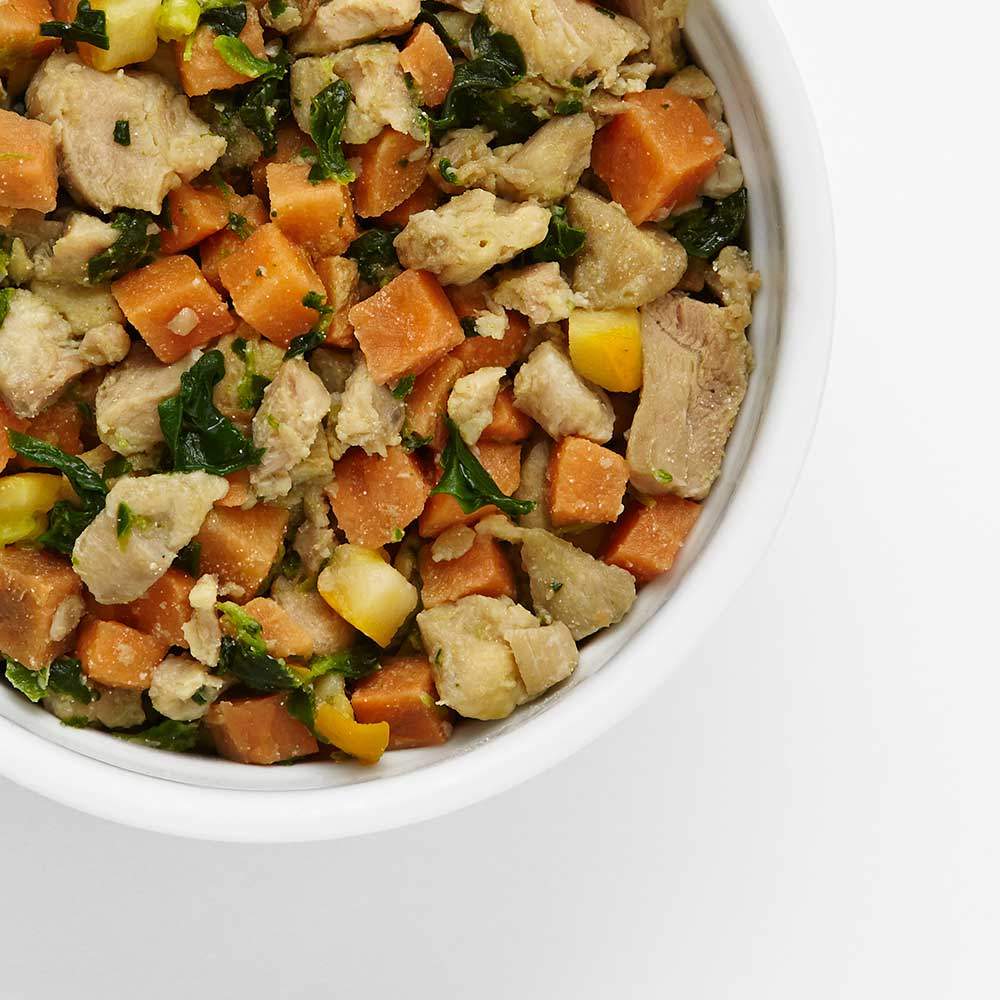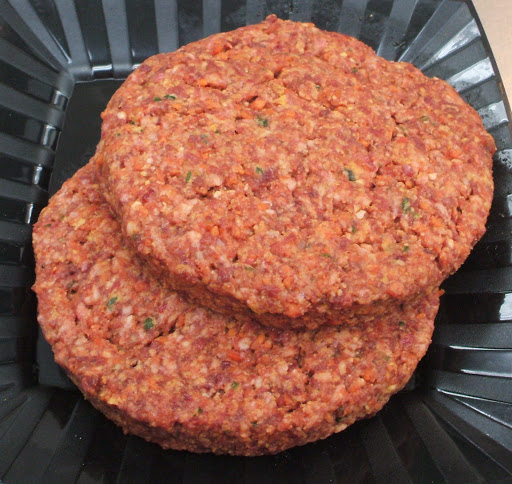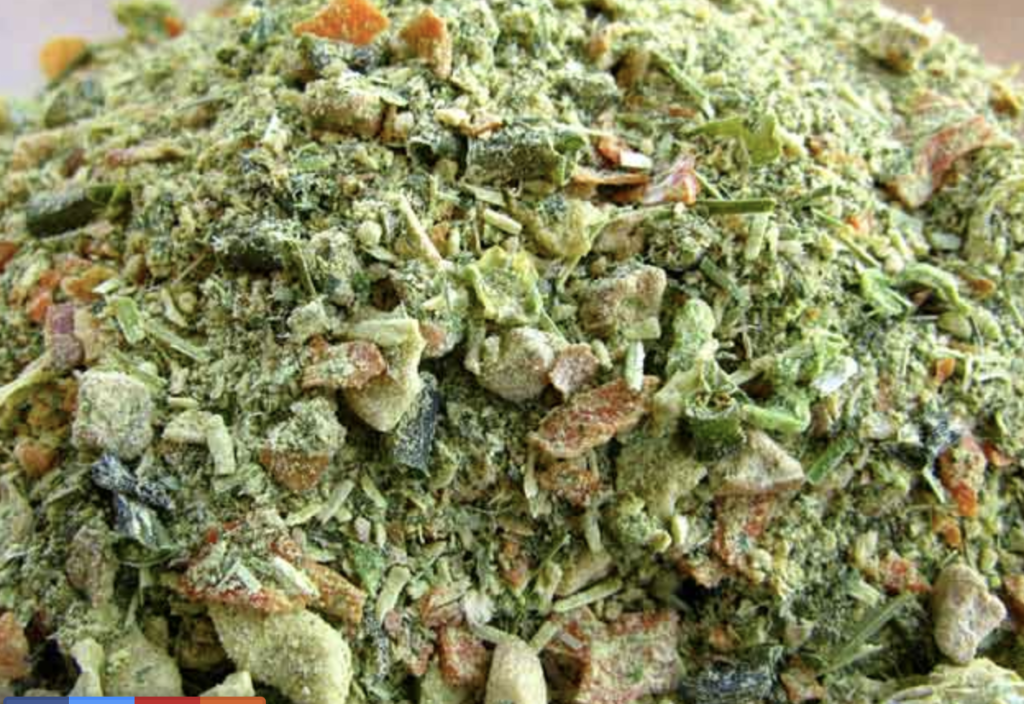Why Do My Fellow Vets Not Get It?
It’s been a week. A week of watching various sources spread inflammatory information, misleading information, and in some cases downright false information. Sometimes all at the same time!
The most annoying and untrue was this sign, allegedly posted at a veterinary facility. I have many objections to what is written. Let’s start with the facts:
- Kibble is far more likely to be recalled than raw products. From Truth About Pet Food’s report, which includes the link to FDA records so you can see for yourself:
Per the FDA Enforcement Report records, the total pounds of pet food recalled – from January 2012 through 2/26/2021 – is 307,782,790 pounds (excluding a few recalls that FDA data did not provide pound information). Broken down into styles of pet food:
- Total pounds of kibble recalled is 2/3 of all pet foods recalled; 210,763,230 pounds.
- Total pounds of canned pet food recalled is a little less than 1/3 of total pounds recalled; 94,794,209 pounds.
- Total pounds of raw pet food recalled is 2,006,977 pounds.
- Total pounds of other styles (dehydrated, cooked frozen, and toppers) is 218,374 pounds.
2. A dog does not get parasites from raw meat. This was proven hundreds of years ago. With the exception of wild boar and bear, both rarely fed to dogs, all meats intended for human consumption are trichinella free, including pork. In the dog and cat, tapeworms must live part of their lifecycle in a flea or rodent, not raw meat, and then infect the pet. Baylisascaris is the racoon roundworm, and would typically be contracted by eating the raccoon’s feces or scavenging where an infected racoon has defecated. And as far as tuberculosis — “The Food Standards Agency has confirmed there are no known cases where TB has been transmitted through eating meat and the risk of infection from eating meat, even if raw or undercooked, remains extremely low.”
3. The brands listed, per current knowledge, only include TWO brands that are raw — Simple Food Project and BARF. The others include high pressure pasteurized, AKA sterile (Stella & Chewy, Instinct), freeze dried (Dr. Marty’s) dehydrated (Honest Kitchen, Dr. Harvey’s) or cooked (Just Food For Dogs, Fresh Pet). Several companies employ multiple forms. Others mislead with statements such as “raw coated,” “raw infused,” or add raw to the processing step they use. Very deceptive. For example, a “dehydrated raw” product is cooked at 165 degrees or more — the same temperature food safety experts tell us to cook our meat to in order to kill bacteria. So where is the concern? And why didn’t the author of this sign do their research on these brands and products to know that only two were truly raw?
4. The most infuriating part of this sign to me is the handling fee — how absurd, offensive, and downright stupid! What is the reasoning behind this? If you eat sushi on a regular basis, would your doctor charge an extra fee at your physical? Or if you enjoy a rare steak? If raw fed dogs pose such a danger, how are people who feed raw not being hospitalized at staggering rates? If raw meat is so dangerous to humans, how do we survive barbecue preparations, where we mix ground meat with raw eggs and other ingredients to make burgers with our bare hands? Or use mayonnaise in salads and let the bowls sit in the sun on picnic tables?
This sort of closed minded thinking being supported by my colleagues is infuriating. My colleagues who treat exotics — birds, reptiles, pocket pets, and zoo animals — all get how important biologically appropriate nutrition is to each species. Yet in the case of dogs and cats, many conventional vets oppose that very feeding strategy, choosing instead to recommend feed grade, starch laden products, that come with a far higher risk of sickness and death, and a recall history that is 154 times greater than raw products (by weight). Using signs like this which are loaded with factual inaccuracies, to attempt to scare and coerce clients, is unconscionable, unethical, and downright wrong. And today’s savvy dog parents get it. They want safe, nutritious, food quality products for their dogs that work with their biology, not against it. Veterinarians, as the ultimate advocates for pet health, should be leading the charge rather than supporting the pet food industry’s focus on using feed grade ingredients and uber-processing techniques to produce a practically synthetic product on which a dog may live, but will hardly thrive.




